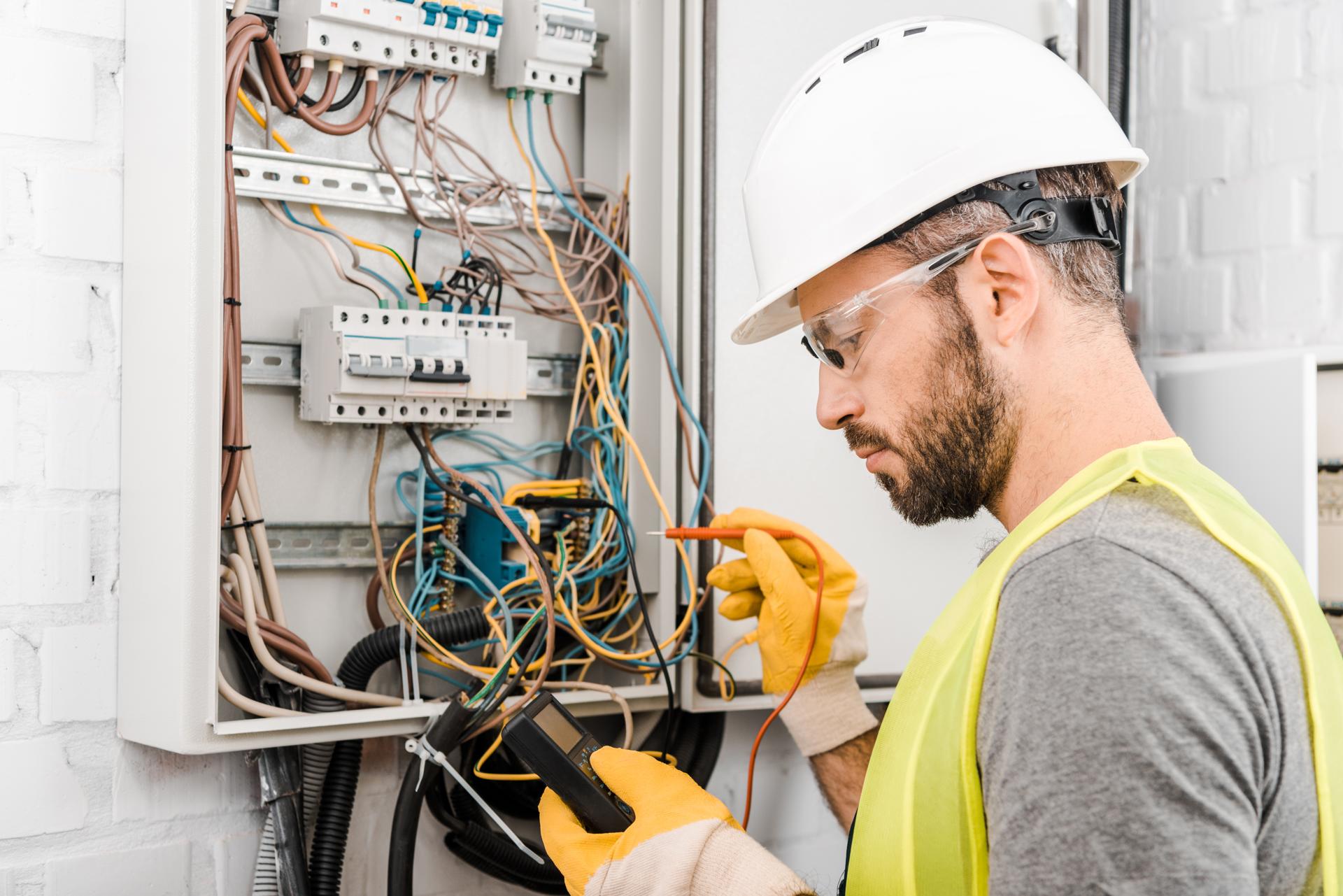Electrical Wiring 101: How It Works in Your Home

Electricity is an integral part of our everyday life, powering everything from the lighting in our houses to devices that we use each day. However, electric systems may be a bit complicated, and understanding how they work can be difficult. In this guide, we’ll break down the elements in an electrical circuit, and show how circuits operate to power appliances and devices. Our residential electricians can handle any electrical jobs you need.
Components of an Electrical System
A home’s electrical system includes a number of important components that work to provide power throughout the home. These include:
Breaker box is the central distribution point for electrical power in homes in which the power is split into various circuits
Switches and outlets: places where electricity is delivered to appliances and devices
Wiring: the electrical wires that transport power from the breaker box to outlets and switches
Electric appliances, devices and equipment: appliances and devices that require electricity to function.
Electrical Circuits
An electrical circuit is a path which allows electricity to flow from the main source (the breakers box) to the appliances and devices in the home. There are two kinds of electrical circuits that can be found in homes: 120-volt circuits and circuits with 240-volt voltage. 120-volt circuits are utilized to power most household appliances and appliances, while the 240-volt circuits are utilized to power larger appliances, such as dryers and air conditioners.
Electrical circuits work by completing a loop that allows electricity to flow from the source into the appliance or device. The loop is made up of a hot wire which carries the electricity and a neutral wire which completes the circuit and a ground wire that provides a path for electricity to travel to the ground in the event the fault occurs.
Understanding Electrical Wiring
Electrical wiring is available in a variety of different types, including non-metallic sheathed wire (NM) as well as armored cables (AC) and conduit. Each comes with its own pros and drawbacks and the selection of the type of wiring is based on the specific requirements of the installation.
The electricity travels through wires by creating a flow of electrons through the wire. The electrons flow between the origin and the device or appliance, and back to the source via the neutral wire. It’s essential to ensure that the wiring is put in place and maintained in a correct manner, as defective wiring could lead to electrical dangers like shocks and fires.
Common Electrical Issues
The most frequent electrical problems found that homeowners face include tripping the light bulbs, flickering breakers and electrical outlets that are not working. These issues can be caused due to a variety of reasons that include overloading circuits, poor connections, or faulty wiring.
If you experience one of these problems, it’s crucial to pinpoint the cause and take appropriate steps to correct the issue. In some instances this could mean contacting an accredited electrician to inspect and repair the wiring.
Conclusion and Call to Action
In the end, knowing how electrical wiring operates is crucial for ensuring the safety and reliability of the electrical system in your home. By adhering to the guidelines laid out in this document, you can stay secure and stay clear of potential dangers.
In case you’ve got any concerns or questions about your home’s electrical system Don’t hesitate to reach out to Local Electrician Caringbah. Our electricians are licensed and has the experience and knowledge to handle all your electrical needs. Contact us by phone at 1300 610 481 to schedule a consultation.
FAQ
What are the indicators of a faulty electrical wiring?
Signs of defective electrical wiring can include tripping breakers, flickering lights, or dead outlets, to name a few.
What is the best time to schedule my home’s electrical system inspected?
It’s recommended that you have your home’s electrical system examined by an authorized electrician every 10 years.
What is the life expectancy for electrical wires?
The life span of electrical wiring is based on a variety of factors, including the type of wiring, the location it’s located in, and the quality of the installation. In general, electrical wiring will last for up to 30-years or longer with correct installation and care.
Can I fix electrical problems myself or should I always employ an electrician?
Although some electrical issues can be fixed by homeowners, it’s recommended that you hire an experienced electrician to complete most electrical repairs. Attempting to fix electrical problems without proper training and expertise is risky and could cause injuries or damages in your house.
What should I do if I experience an electrical emergency within my home?
If you encounter an electrical emergency first thing to do is to cut off the power supply to the affected area by shutting off the breaker or the fuse. Contact a licensed electrician to look into and fix the problem as quickly as is possible.
By following these guidelines by following these guidelines, you can ensure the security and reliability of the home’s electrical system and prevent possible dangers. Keep in mind that when you need repairs to your electrical system and installations, it’s always best to leave it to the experts. Contact Local Electrician Caringbah at 1300 610 481 for all your electrical needs.
